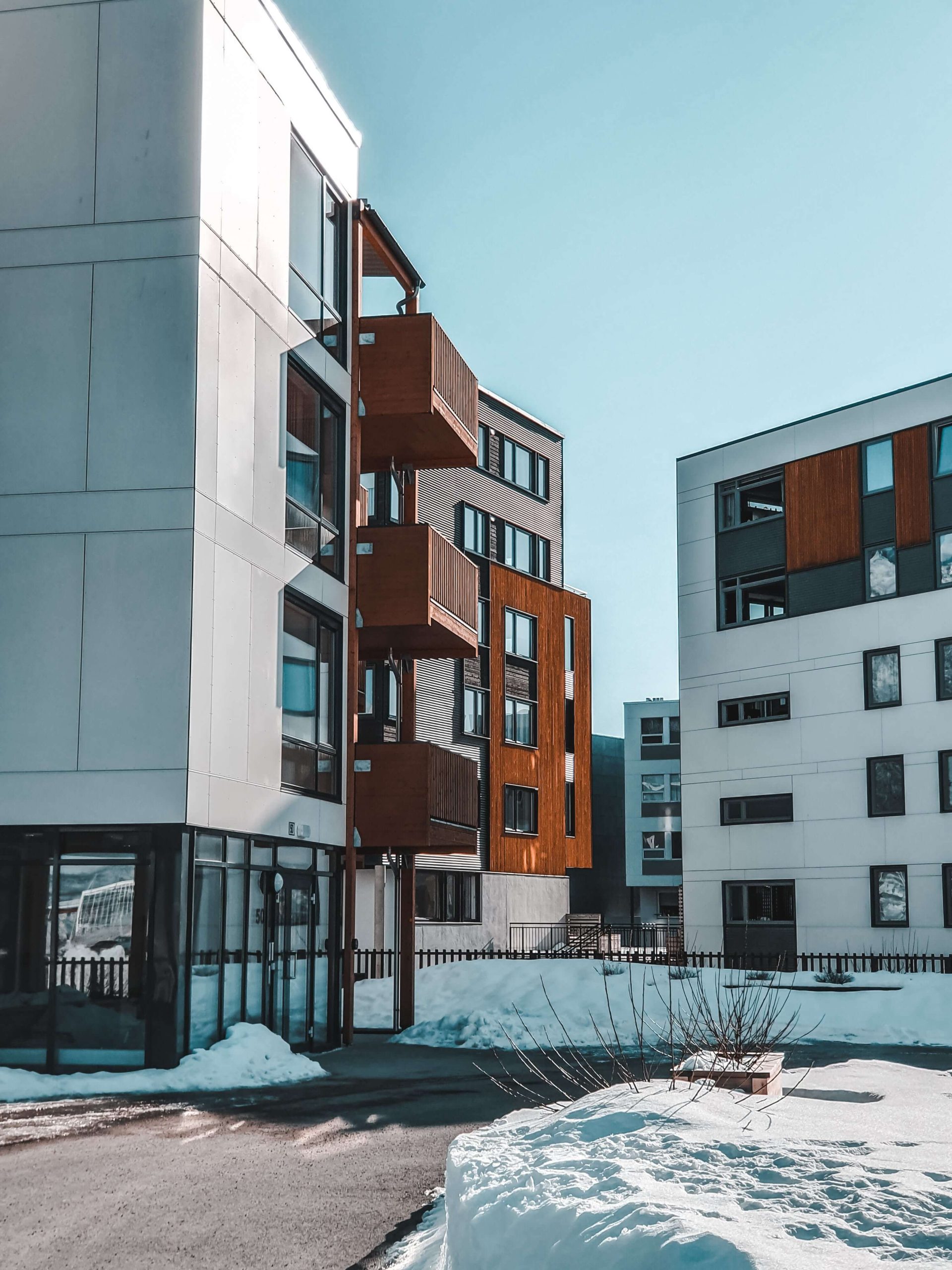Design and Permitting

Design and Permitting
Giving a designs and permit for the clients.
Virtual Design Consultations
Offer virtual design consultations to clients, allowing them to collaborate with designers remotely to discuss project goals, preferences, and constraints. Utilize video conferencing tools, digital design software, and virtual reality technology to facilitate interactive design sessions and visualizations, enabling clients to participate in the design process from the comfort of their homes.
Pre-Approval Permit Packages
Develop pre-approval permit packages for common renovation projects, such as kitchen remodels or bathroom upgrades, to streamline the permitting process for homeowners. Provide comprehensive documentation, including architectural drawings, engineering calculations, and permit applications, prepared in accordance with local building codes and regulations, reducing the time and effort required to obtain permits and approvals.
Sustainable Design Strategies
Integrate sustainable design strategies into construction projects to minimize environmental impact and enhance energy efficiency. Incorporate features such as passive solar design, natural ventilation, and high-performance building materials to optimize thermal comfort and reduce reliance on mechanical systems. Collaborate with sustainability experts and green building certification programs to implement best practices and achieve environmentally responsible design outcomes.
Digital Permitting Platforms
Implement digital permitting platforms to streamline the permitting process and improve efficiency for both clients and regulatory agencies. Develop online portals where applicants can submit permit applications, upload required documents, and track the status of their permits in real-time. Utilize electronic plan review tools and automated workflows to expedite the review and approval process, reducing paperwork, minimizing errors, and increasing transparency.
Community Engagement Workshops
Organize community engagement workshops to educate residents and stakeholders about the design and permitting process for construction projects within their neighborhoods. Provide information on zoning regulations, building codes, and permit requirements, and solicit feedback from participants to inform future planning and development initiatives. Foster collaboration and dialogue between project proponents, local authorities, and community members to ensure that proposed projects align with the needs and aspirations of the community.
